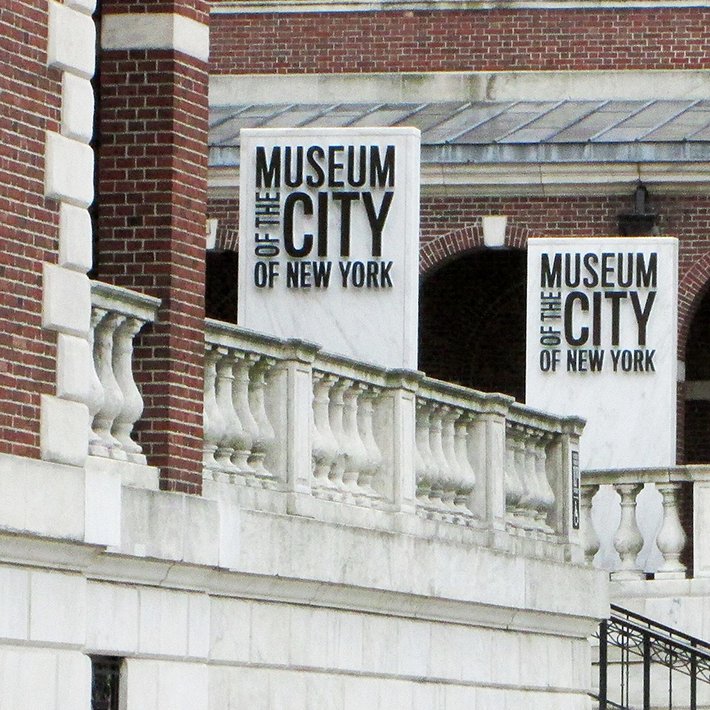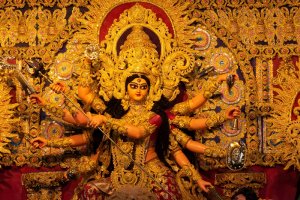A new exhibition in New York focused on South Asian immigrants and other minority communities is challenging the popular stereotype of the Big Apple as a secular city. Instead, it suggests, that it is impossible to genuinely understand the place in all its diversity and complexity without seeing it through the lens of religion.
Called “City of Faith: Religion, Activism, and Urban Space,” the exhibition, takes place through October 22, 2023, at the Museum of the City of New York.

The show focuses on South Asian Americans from Hindu, Muslim and Sikh backgrounds who have been subjected to racial profiling and surveillance, especially in the aftermath of the September 11, 2001, terrorist attacks in New York City.
An underlying theme of the exhibition is that while the Big Apple appears to be a sprawling, fast-paced, nonreligious space, it is in fact a bastion of Protestantism where South Asian minority communities are all too visible.
With the help of photographs, maps, and interactive installations (some of the presentations feature curated fragrances and soundtracks), the exhibition highlights the vibrant religious nature of New York City’s public spaces.
“As a topic, religion is often seen as the ‘third rail’ [an issue so controversial that it is “charged” and “untouchable”] but the truth is that it is omnipresent in our lives and inextricably linked with the story of New York City,” observes Whitney Donhauser, director and president of the museum.
“Religion extends beyond iconic places of worship and annual rituals and celebrations—it is part of the city’s political landscape as well as its soundscapes and scent-scapes,” says Donhauser. “Using art and the work of activists, ‘City of Faith’ explores the political, racial, and labor systems that underpin those manifestations.”
“We tend to think of religion as something segregated from the daily life of the New York City, neatly contained in designated and clearly recognizable spaces or relegated to certain days of the week,” says Azra Dawood, the exhibition’s curator and a postdoctoral fellow at the museum. “I want to show how religion is often a subtext in the very places that we imagine it to be absent.”
While New York’s dominant Protestant character—and to a lesser extent the city’s Jewish and Catholic makeup—is seamlessly manifested and “normalized” through real estate, material wealth and political power, “other communities must make space for themselves in this context, both for religious practice but also, more crucially, against religious profiling,” says Dawood.
In a recent interview at the museum with Religion News Service, the curator offered an example of how minority groups publicly affirm their faith in the most unexpected ways.
Pointing
to a photograph of a Muslim man praying beside a halal food cart in midtown
Manhattan, Dawood remarked, “halal food carts began as a way of
providing cheap halal food to Muslim communities working in different kinds of
businesses. Now it’s a gastronomic
delight for all New Yorkers.”
_______________
From its beginnings, the Church of Scientology has recognized that freedom of religion is a fundamental human right. In a world where conflicts are often traceable to intolerance of others’ religious beliefs and practices, the Church has, for more than 50 years, made the preservation of religious liberty an overriding concern.
The Church publishes this blog to help create a better understanding of the freedom of religion and belief and provide news on religious freedom and issues affecting this freedom around the world.
The Founder of the Scientology religion is L. Ron Hubbard and Mr. David Miscavige is the religion’s ecclesiastical leader.
For more information visit the Scientology website or Scientology Network.


